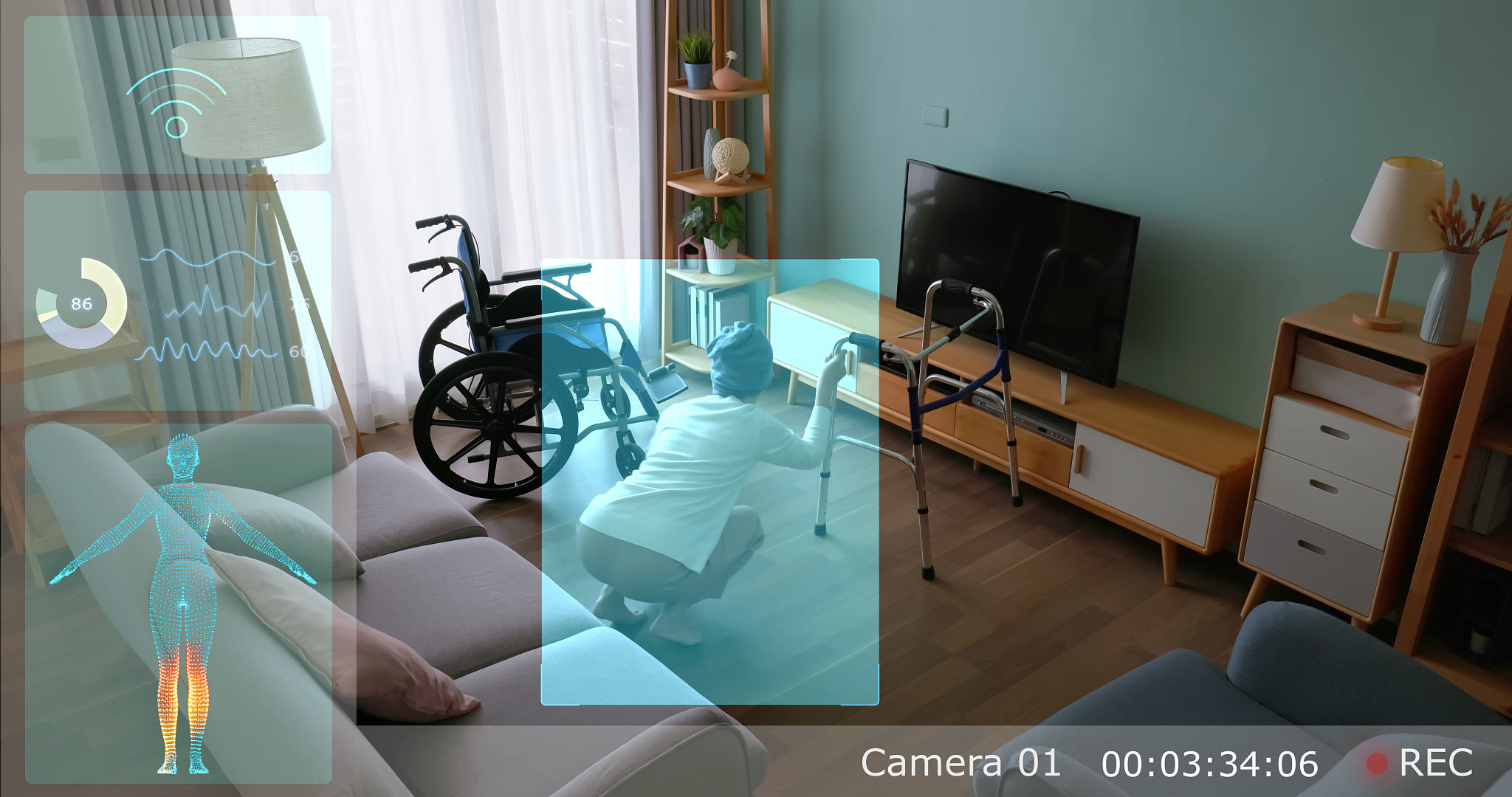Exploring the Latest Trends in Medical Education: What You Need to Know
Embracing Technological Advancements
In the ever-evolving field of medical education, technology plays a pivotal role in shaping how future physicians are trained. With the rise of digital tools, medical schools are increasingly integrating technology into their curricula. Virtual reality (VR), augmented reality (AR), and simulation-based learning are transforming traditional teaching methods, allowing students to gain hands-on experience in a controlled environment.

These technologies provide realistic scenarios that help students practice complex procedures without the risks associated with real-life surgeries. Moreover, online learning platforms and mobile applications offer flexible learning opportunities, making education more accessible and personalized.
The Rise of Interprofessional Education
Another significant trend in medical education is the emphasis on interprofessional education (IPE). This approach encourages collaboration among healthcare professionals, fostering a team-based approach to patient care. By learning alongside peers from different medical disciplines, students develop a deeper understanding of the roles and responsibilities of other healthcare providers.
IPE aims to break down silos in healthcare and promote better communication and cooperation among professionals. This collaborative mindset is crucial in delivering comprehensive, high-quality care to patients.

Focus on Competency-Based Education
Competency-based education (CBE) is gaining traction as medical schools shift from traditional grading systems to evaluating students based on their ability to demonstrate specific competencies. This approach ensures that graduates possess the necessary skills to provide effective patient care.
With CBE, students progress at their own pace, allowing them to focus on areas where they need improvement while advancing more quickly in areas where they excel. This personalized learning model not only benefits students but also enhances the overall quality of healthcare education.
Incorporating Social Determinants of Health
Educators are increasingly integrating social determinants of health into medical curricula. Understanding factors such as socioeconomic status, education, and environmental influences is crucial for future physicians to provide holistic care. By acknowledging these determinants, medical professionals can better address health disparities and improve patient outcomes.

This trend reflects a broader movement towards patient-centered care, where the focus is not just on treating diseases but also on understanding the broader context of patients' lives.
Emphasis on Mental Health and Well-being
Medical education is also placing greater emphasis on mental health and well-being, both for patients and healthcare providers. As awareness of mental health issues grows, training programs are including mental health education as a core component of their curricula.
- Training students to recognize mental health symptoms
- Providing resources for self-care
- Encouraging open discussions about mental health
By prioritizing mental health, medical schools aim to reduce stigma and equip future doctors with the skills needed to address these critical aspects of patient care.
Sustainability in Medical Education
Sustainability is becoming an essential consideration in medical education. As healthcare systems face growing environmental challenges, there is a push to educate students about sustainable practices within the medical field. This includes reducing waste, conserving resources, and understanding the environmental impacts of healthcare delivery.
By incorporating sustainability into their training, future healthcare professionals can contribute to creating a more environmentally responsible industry.
